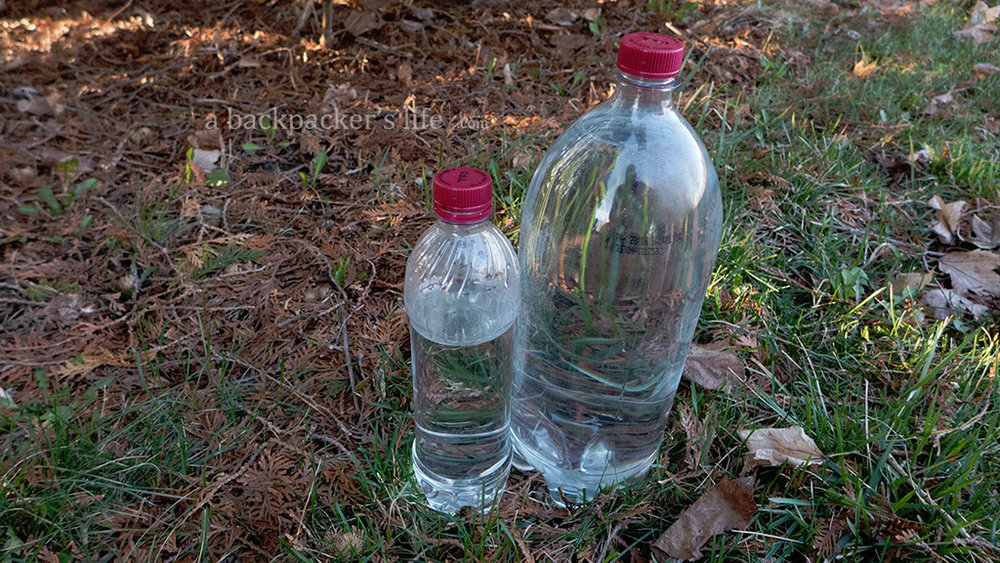When cleaning clothes in the backcountry, I either use water only or baking soda. I prefer to keep as many chemicals out of the backcountry as possible and baking soda is useful in many other ways. If you prefer to use a detergent, there are some that are considerably safer for the environment, and safer ways to use them.
Read MoreWhy I Don't Use UV Sterilizing Pens
- I've seen them fail on other hikers as often as I've seen them work.
- Must use lithium batteries, which are hard to find in small resupply towns. If alkaline batteries are used, you can usually expect to only treat 2-8 quarts, whereas Lithium may last up to 100 quarts.
- Not as effective if water is cloudy or discolored.
- Can leave the threads of the cap untreated.
- They are heavier than my bleach and Sawyer inline filter method.
- They are more expensive. Particularly when you include battery costs.
Why I Use Plastic Soda Bottles For Water Containers
They're Free and Destined for a Landfill
Rather than spend money on various water containers, I carry one or two 16 oz soda bottles and one 2 L bottle for camp. I always carry more than one bottle, so I can lose or break one and still have a way to transport water. A hiker with a dog came to my shelter on the Long Trail in Vermont, and the dog decided one of my water bottles was a fun chew toy. I'm glad I had a backup.
They're Lightweight
At under one ounce, soda bottles are lighter than Nalgene and aluminum bottles.
They're Rigid, but Squeezable
I'm not a fan of water pouches, because they're harder to fill with water from a slow moving source or lake. The rigidity of a plastic bottle won't collapse under the weight of the water.
Unlike Nalgene and other hard plastic or aluminum bottles, soda bottles can be used with squeeze filters, such as Sawyer or LifeStraw. This makes it quick and easy to fill my cook pot or to squeeze all the air out to treat the cap and threads when chemically treating the water. Also, poke a few holes in a spare cap, and you have a camp shower.
They're Better Than Hydration Bladders
Hydration bladders are difficult to get in and out of my backpack, hard to see how much water you have left, hard to clean, and not easy to attach to the outside of any of my packs.
They're Safe
One argument I've heard for using Nalgene or aluminum is that soda bottles can release dioxins in your water. This is an urban legend. There are no dioxins in plastic soda bottles. That being said, avoid heating up water inside the bottle. A group of chemicals called phthalates are sometimes added to plastics to make them flexible and less brittle. These can leach into water if you heat up the plastic. (Reference)
Another reason I've heard for not reusing plastic soda bottles, is that bacteria can develop under the cap, but these get cleaned regularly during my bleach treatment, so I'm not concerned about that. Anyway, It's just as much a problem with Nalgene bottles, Aluminum Bottles, or hydration bladders.
Q&A: How Much Water Should I Carry?
The amount of water you should carry depends heavily on outdoor temperatures and varies from person to person, but the rule of thumb is: drink 1/2 to 1 quart of water per hour of hiking. On a hot day climbing up a mountain, your body can lose 1 - 2 quarts per hour from perspiration. It's pretty simple though, if you feel thirsty at all, drink.
If you want to take it one step futher, you can determine how much water you are losing during exercise. Weigh yourself before and after a hike or workout. Subtract about 7% from the difference in pounds (to account for the burned calories), then multiply by 16. That's more or less how many ounces of water you need to replace.



